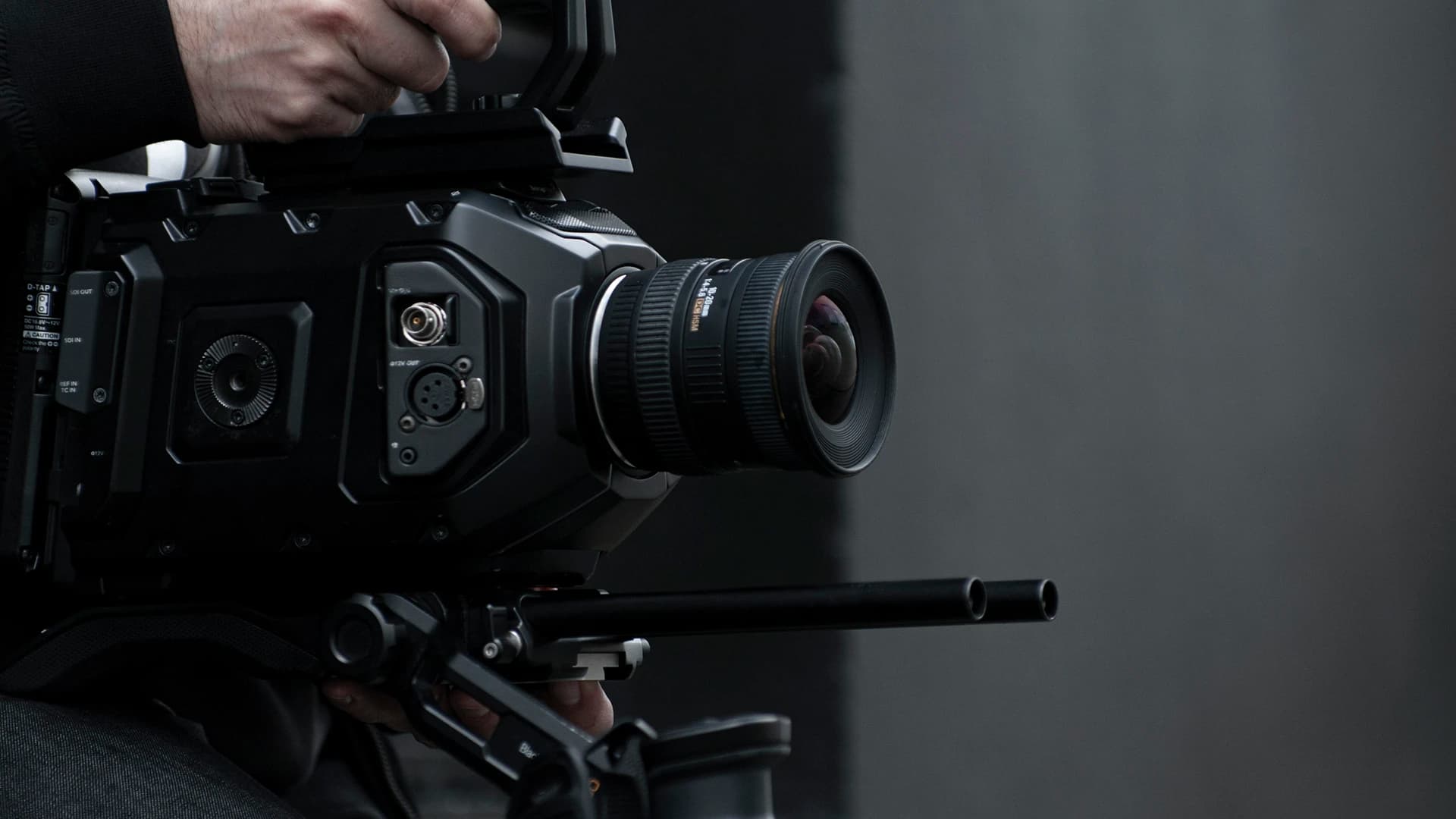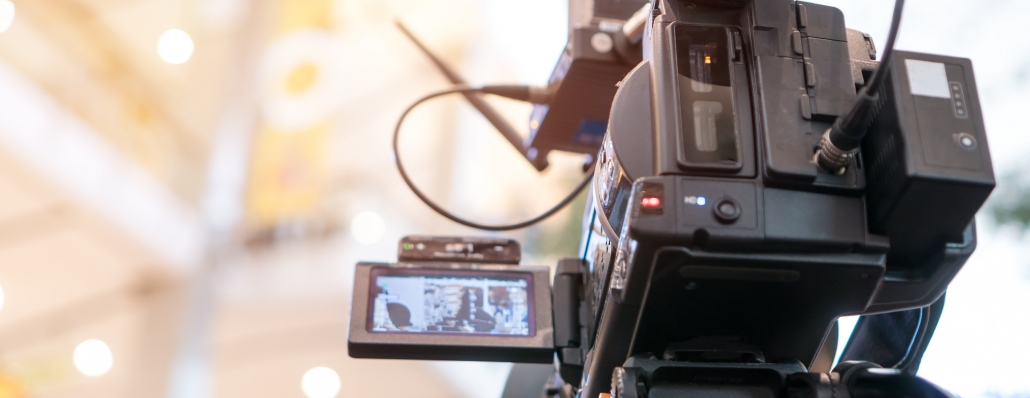The Importance of Legal Videography for Capturing Critical Evidence
The Importance of Legal Videography for Capturing Critical Evidence
Blog Article
Understanding the Relevance of Videography in Legal Proceedings
The integration of videography right into legal procedures has arised as a significant variable in the discussion and interpretation of evidence. By recording aesthetic elements such as body language and faces, videography enhances the narrative surrounding witness statements and can exceptionally affect jury understandings. As the legal landscape develops, recognizing its ramifications on reputation and quality ends up being vital for attorneys. What best practices should be embraced to optimize its effectiveness, and how might future advancements improve this important facet of the judicial process?
Role of Videography in Evidence
Videography plays a progressively crucial duty in lawful procedures, acting as a powerful medium for providing proof. The integration of video clip recordings right into the lawful structure permits a much more vibrant representation of realities, enabling jurors and courts to envision occasions as they took place. This visual documentation can encompass a series of products, including surveillance footage, recorded witness testaments, and specialist presentations, every one of which can substantially enhance the evidentiary landscape.
Among the key advantages of videography is its capability to record subtleties that might be shed in composed accounts. Faces, body movement, and situational context can provide important insights, helping to convey feelings and intentions that message alone can not. The use of video evidence cultivates a much more engaging courtroom experience, potentially aiding jurors in understanding intricate situations.
As modern technology developments, the top quality and access of videographic proof have enhanced, making it an indispensable component of contemporary lawful practices. Courts increasingly recognize the worth of video clip as a trustworthy resource of details, triggering attorneys to adjust their methods for proof presentation. Eventually, videography offers not only to show truths however additionally to improve the general integrity of the judicial process.

Enhancing Integrity and Clearness
A considerable benefit of including videography in legal procedures is its capability to improve both credibility and clearness of evidence offered in court. Videographic evidence can catch nuances that written papers may overlook, such as tone, body language, and context. This graph permits discretionary to better comprehend the circumstances surrounding the situation, consequently cultivating a much more accurate understanding of the events concerned.

Furthermore, the quality afforded by videography reduces the chance of misconception that can develop from textual summaries. This accuracy is particularly critical in complex instances, where information can be easily misconstrued. Ultimately, by offering proof in a visually available style, videography not only strengthens the honesty of the judicial process but also sustains educated decision-making by those entailed in legal process.
Effect on Jury Perception
The incorporation of videographic proof substantially influences jury assumption, usually bring about extra involved and educated considerations. Jurors are generally more receptive to visual information, which can enhance their understanding of complex cases. Videography offers truths in a fashion that is both obtainable and engaging, enabling jurors to get in touch with the proof on an extra personal level.
Furthermore, the capability to witness occasions as they happened can stimulate emotional reactions that written transcripts or verbal testaments may stop working to generate. This emotional interaction can lead jurors to form stronger viewpoints regarding the reliability of witnesses and the general narrative of the situation. The aesthetic depiction of evidence also assists in clarifying ambiguities, making it less complicated for jurors to realize the context and significance of read this article the information provided.
In addition, videography can Full Article offer as a powerful tool for storytelling, making it possible for lawyers to construct an influential story that resonates with the jury. When jurors can envision circumstances and witness key moments, their capability to deliberate attentively and get to a knowledgeable verdict is considerably enhanced, inevitably affecting the result of legal procedures.
Best Practices for Legal Videography
Applying ideal practices in legal videography is necessary for ensuring that aesthetic proof is both reliable and reliable in the court room. Initially, pick qualified experts that focus on lawful videography to make sure the technical high quality of the recordings. This includes making use of high-resolution video cameras and expert audio equipment to record clear visuals and noise.
2nd, keep correct documentation throughout the recording process. This entails developing a comprehensive log that includes timestamps, descriptions of the content, and the identifications of all people present. Such documents can boost the authenticity of the video.

Additionally, think about using appropriate editing techniques. While it is vital to preserve the initial material, minor adjustments for clarity-- such as enhancing audio degrees-- can improve the general discussion without changing the material.
Future Trends in Legal Videography
As legal videography remains to progress, this emerging methods and technologies are forming the future landscape of aesthetic evidence in the court room (Legal Videography). One considerable fad is the combination of high-definition and 4K video clip high quality, improving the clearness and information of taped testimonies and proof. This improved resolution help jurors in thoroughly assessing the trustworthiness of witnesses and the nuances of today products
In addition, using fabricated knowledge (AI) in video clip evaluation is obtaining traction. AI tools can help in recognizing key moments in footage, producing transcripts, and also analyzing non-verbal interaction, which gives deeper insights right into witness credibility. In addition, digital fact (VIRTUAL REALITY) and boosted truth (AR) are positioned to transform just how evidence exists, enabling jurors to immerse themselves in criminal offense scenes or situations, consequently cultivating an extra profound understanding of the context.
Verdict
In recap, videography works as a vital tool in lawful procedures, improving the presentation of evidence and improving the general understanding of situations. By recording non-verbal cues and bolstering the integrity of witness accounts, videography substantially affects court understanding and decision-making processes - Legal Videography. Complying with ideal methods ensures the performance of lawful videography, while arising patterns promise to more increase its duty in the judicial system, ultimately promoting a more informed and engaged lawful atmosphere
Videography plays an increasingly essential function in lawful procedures, serving as an effective medium for presenting evidence.A considerable advantage of incorporating videography in legal process is its capacity to improve both trustworthiness and clearness of evidence provided in court. Eventually, by presenting proof in a visually easily accessible format, videography not only strengthens the integrity of the judicial process however also sustains enlightened decision-making by those involved in lawful process.
In summary, videography offers as a vital tool in lawful process, improving the discussion of proof and enhancing the total understanding of instances. Legal Videography. Sticking to best methods makes certain the efficiency of lawful videography, while arising fads assure to additional boost its role in the judicial system, eventually promoting a more enlightened and engaged lawful environment
Report this page